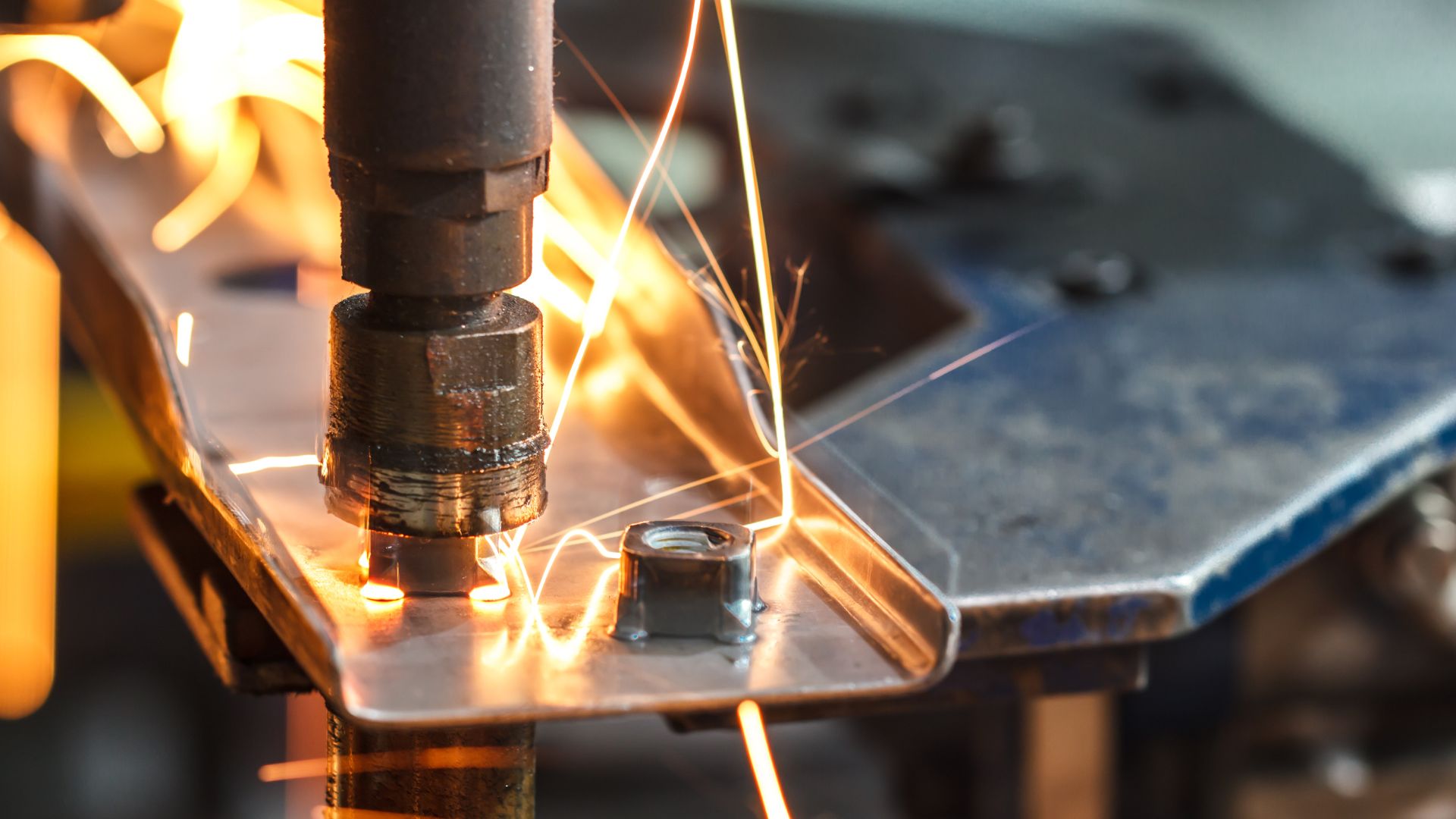Laser technology has revolutionized many fields, including manufacturing, medicine, and communications. In welding, the use of laser energy offers numerous benefits, such as precision, speed, and versatility, making it an invaluable tool for various industrial applications. This article explores the applications of laser technology in welding, highlighting its advantages and limitations, to provide a comprehensive understanding of its role in modern welding processes.
Applications of Laser Welding
- Automotive Industry
Laser welding is extensively used in the automotive industry for assembling car bodies, components, and parts. Its precision and speed are critical for meeting the high production demands and stringent quality standards of the industry.
- Body-in-White Assembly: Laser welding is used to join sheet metal panels, providing strong, clean welds that are essential for the structural integrity of the vehicle.
- Component Welding: It is also used for welding components such as airbag initiators, transmission parts, and fuel injectors, where precision is crucial.
- Aerospace Industry
The aerospace industry requires high-precision welding techniques to ensure the safety and reliability of aircraft components. Laser welding meets these requirements, making it ideal for manufacturing and repairing aerospace parts.
- Turbine Blades: Laser welding is used to join and repair turbine blades, offering high-strength welds with minimal thermal distortion.
- Fuel Systems: It is also employed in welding fuel system components, where precision and leak-proof joints are vital.
- Medical Device Manufacturing
In the medical field, laser welding is used to manufacture and repair medical devices, instruments, and implants. The precision and cleanliness of laser welds are particularly beneficial in this sector.
- Surgical Instruments: Laser welding produces strong, precise welds that are essential for the functionality and durability of surgical instruments.
- Implants: It is used to join components of medical implants, such as pacemakers and orthopedic devices, ensuring biocompatibility and structural integrity.
- Electronics and Microelectronics
Laser welding is suitable for the electronics industry, where it is used to join small, delicate components without damaging sensitive parts.
- Circuit Boards: Laser welding is used to connect components on circuit boards, providing precise and reliable connections.
- Battery Manufacturing: It is employed in welding battery cells and terminals, ensuring strong and conductive joints.
Advantages of Laser Welding
- Precision and Accuracy
Laser welding offers unparalleled precision, allowing for the creation of small, intricate welds that are impossible to achieve with traditional welding methods.
- Minimal Heat-Affected Zone (HAZ): The focused heat of the laser minimizes the heat-affected zone, reducing the risk of thermal distortion and material degradation.
- High-Quality Welds: The precision of laser welding results in clean, high-quality welds with excellent mechanical properties.
- Speed and Efficiency
Laser welding is significantly faster than many conventional welding methods, making it ideal for high-production environments.
- Increased Productivity: The high welding speed reduces cycle times and increases production rates.
- Automation Compatibility: Laser welding is easily integrated into automated production lines, further enhancing efficiency and consistency.
- Versatility
Laser welding is versatile and can be used to weld a wide range of materials, including metals, plastics, and composites.
- Material Compatibility: It can weld dissimilar materials and is suitable for thin and thick sections.
- Complex Geometries: The precision of laser welding makes it ideal for welding complex geometries and hard-to-reach areas.
- Non-Contact Process
As a non-contact process, laser welding does not require physical contact between the welding tool and the workpiece, reducing wear and contamination.
- Reduced Tool Wear: The lack of physical contact minimizes tool wear, reducing maintenance costs and downtime.
- Clean Process: The non-contact nature of laser welding results in cleaner welds with fewer contaminants.
Limitations of Laser Welding
- High Initial Investment
The cost of laser welding equipment is significantly higher than traditional welding methods, which can be a barrier for some businesses.
- Capital Expenditure: The initial investment in laser welding technology and associated infrastructure can be substantial.
- Maintenance Costs: The high precision and complexity of laser welding equipment can lead to higher maintenance costs.
- Limited Thickness Capability
Laser welding is typically more effective for thin materials and may not be suitable for welding very thick sections.
- Penetration Depth: The penetration depth of laser welding is limited compared to some traditional welding methods, such as arc welding.
- Thickness Constraints: Welding very thick materials may require multiple passes or hybrid welding techniques.
- Safety Concerns
The high intensity of laser beams poses safety risks, requiring stringent safety measures to protect operators.
- Laser Safety: Proper safety equipment, such as protective eyewear and shielding, is essential to prevent injuries.
- Operational Precautions: Safety protocols must be strictly followed to mitigate the risks associated with laser welding.
- Reflective Materials
Highly reflective materials, such as aluminum and copper, can pose challenges for laser welding due to their tendency to reflect the laser beam.
- Absorption Issues: Reflective materials may require special techniques or coatings to improve laser absorption and achieve quality welds.
- Process Adjustments: Adjustments in laser parameters and the use of assist gases may be necessary to weld reflective materials effectively.
Conclusion
Laser welding is a powerful and versatile technology that offers numerous advantages for various industrial applications. Its precision, speed, and ability to weld complex geometries make it an invaluable tool in industries ranging from automotive and aerospace to medical device manufacturing and electronics. However, the high initial investment, limitations in welding thick materials, and safety concerns must be carefully considered. As laser welding technology continues to advance, its applications and benefits are expected to expand, further solidifying its role in modern manufacturing and production processes. Embracing laser welding can lead to significant improvements in efficiency, quality, and innovation, making it a worthwhile investment for forward-thinking businesses.

